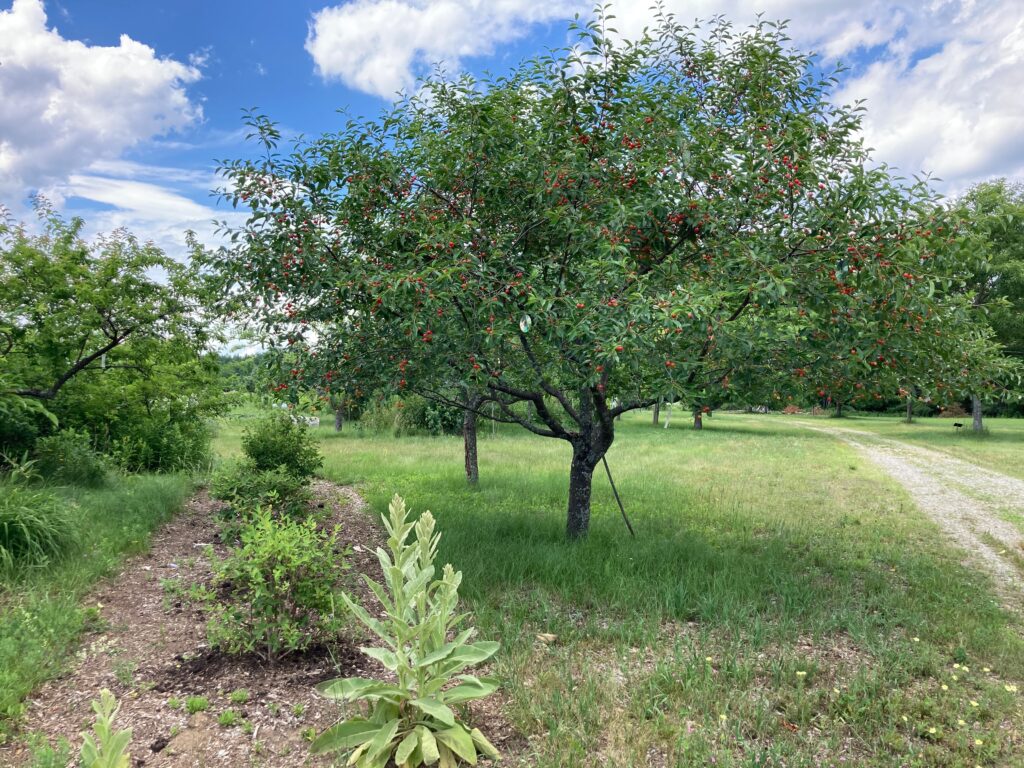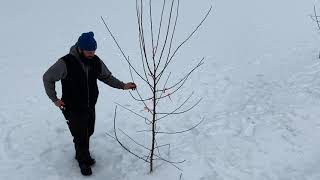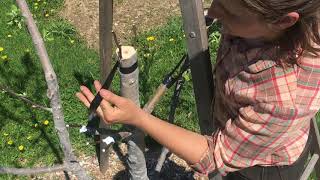Orchard
Apple scab on fruit and leaves. Photos by C.J. Walke. By C.J. Walke Autumn is an exciting time in the orchard, because you get to taste the fruits of your labors and share the harvest with your family and community. Autumn is also the time to clean up the orchard, prepare trees for winter and






